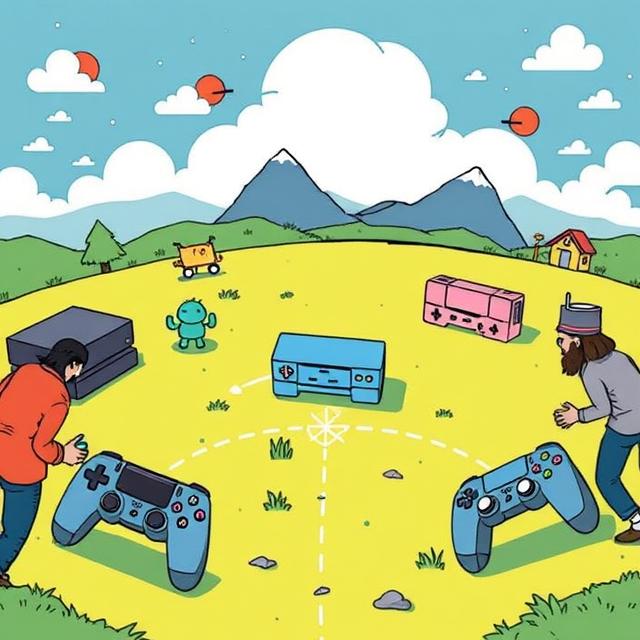For decades, the gaming industry has been shaped by the “console wars”—battles between Nintendo, Sony, and Microsoft for market dominance. But in recent years, the narrative has shifted from aggressive competition to strategic collaboration—driven by crossplay, cloud gaming, and player-first ecosystems.
Historically, exclusives were weapons. Halo defined Xbox. God of War anchored PlayStation. Zelda carried Nintendo. Each platform built identity through unique IPs, and players chose sides based on what games they couldn’t get elsewhere.
But things are changing. Microsoft now offers many of its titles on PC and even Nintendo platforms. Sony, once resistant, is releasing its biggest hits—like Horizon and Spider-Man—on Steam. Nintendo remains insular but thrives by defining its own ecosystem.
Crossplay further blurs boundaries. Games like Fortnite, Minecraft, Rocket League, and Call of Duty now connect players across platforms. The shift is cultural: players care less about “which console” and more about who they can play with.
Cloud services—Game Pass, PlayStation Plus Premium, GeForce NOW—are redefining access. Microsoft pushes platform-agnostic gaming, letting you stream to phones or TVs. In this landscape, hardware becomes a gateway, not a gatekeeper.
Still, competition remains—now focused on services, ecosystems, and convenience. Loyalty is no longer to a box, but to value, access, and experience.
The console war didn’t end. It evolved.

Leave a Reply